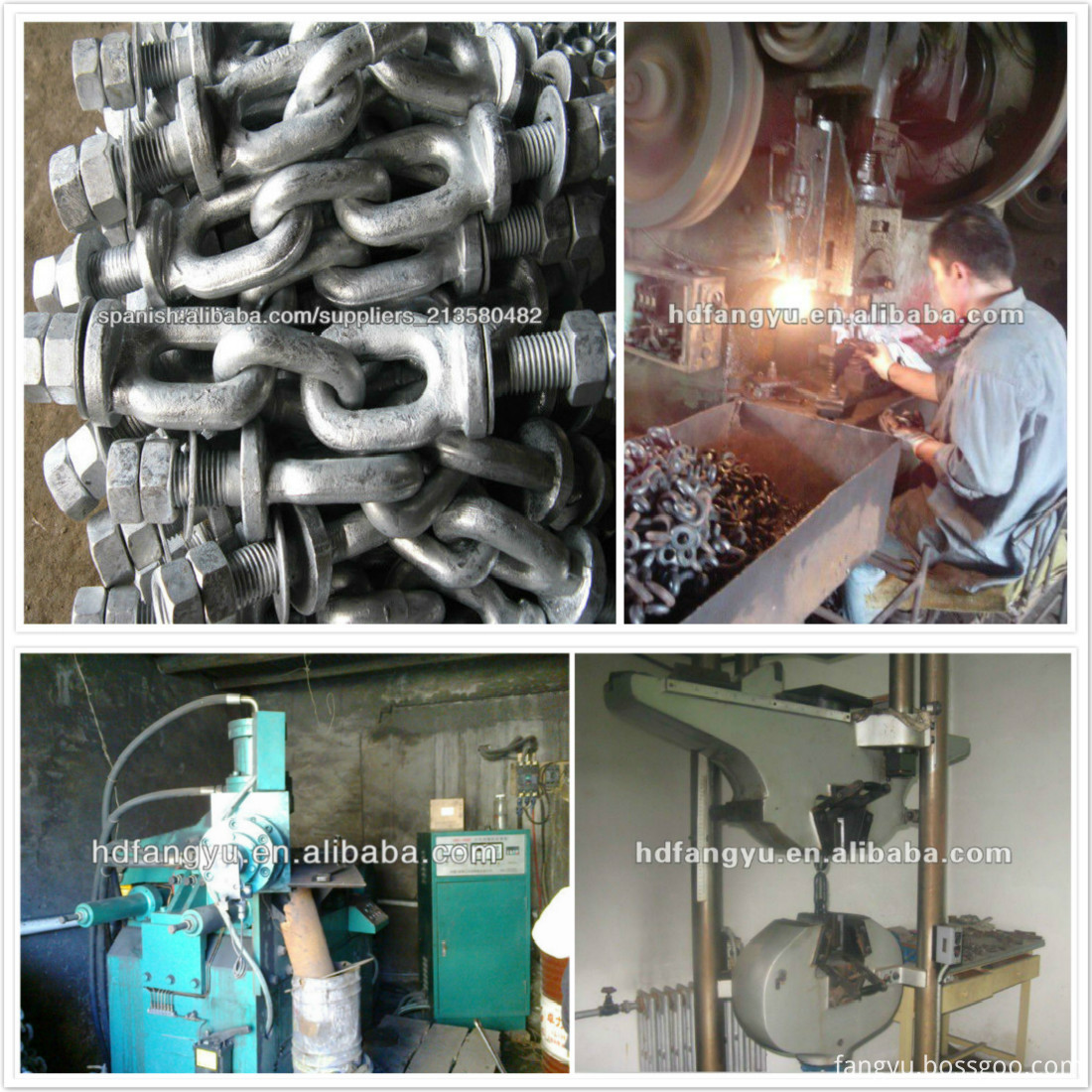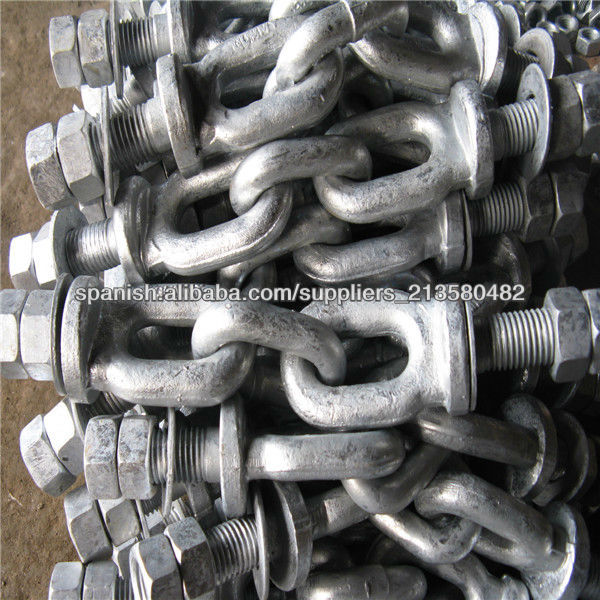In these three application fields, RFID has emerged and gradually replaced bar code technology.
Radio frequency identification (RFID) technology is a non-contact radio frequency identification technology that uses a reader to read and encode a tag attached to an object. The code on each tag is unique, so it can effectively identify objects in the environment. RFID gradually replaces bar code technology that requires contact and reading, and it has become the mainstream of the identification technology field. Nowadays, RFID has been widely used in many different fields, such as supply chain management, medical care, and access control monitoring. Application I - Mobile Computing Applications Near Field Communication (NFC) is a new mobile computing technology that integrates RFID and wireless network interconnection technologies. Embed NFC capabilities in small mobile devices such as mobile phones, PDAs, digital cameras, and more. With RFID's non-contact reading feature, users can easily read the tag data they need to identify, which is more convenient than traditional bar codes. At present, the major manufacturers of smartphones, such as Nokia, Sony, and Philips, form an industry group called NFCForum and are committed to promoting the popularity of the NFC application market. M.Burden proposed the following five types of NFC applications: Touch and Go: Often used in logistics management, access control, ticket inspection, etc., when the NFC device passes through a gate equipped with a reader, it is read. Touch and Pay: The electronic money package is an application. The NFC device is close to a reader with a transaction task to complete the transaction. Touch and Connect: Two NFC communication devices can transmit and exchange data with each other. Touch and Explore: A user can attach an NFC device to a tagged document or billboard to obtain associated information. Load and Touch: Users can download digital authentication as a check through the wireless network, and apply to access control and authentication. In these three application fields, RFID has emerged and gradually replaced bar code technology. At present, NFC technology has been widely promoted and applied in European and American countries, and China is also actively involved in it. We believe that in the future, mobile services will bring more business opportunities. At the same time, EPCglobal, the international standardization organization of RFID technology, is also actively promoting mobile RFID technology and standards, as well as research related to NFC integration. The following figure shows a mobile service research case published by Auto-ID Labs. On the user's body there is an integrated PDA embedded with RFID readers, a GPS positioner, and sensing data that can collect temperature. When the body temperature sensor on the clothes passes an excessive body temperature to the PDA, the reader on the PDA is driven to read the identification card ID on the user, and the identified ID, location information, and body temperature are transmitted to the user through the WiFi communication protocol. Backend service server. The service server can start the air conditioner of the user's home at an appropriate time according to the transmitted message, and adjust the temperature of the room before the user returns home. Mobile services will bring more convenience to human life, and RFID will play an important role in this boom. In the future, there will be more relevant research and application launches, and it will be popular in our daily lives. We China will not be absent from this wave of fever. We have already actively participated in the industry, academia and industry. With the solid strength of our domestic information technology, we will certainly have a place in the global RFID-related mobile computing. Application II - with Carbon Footprint The amount of greenhouse gas emissions has become an important indicator of the amount of pollutants discharged by enterprises. Enterprises need a more integrated emission calculation and optimization system. When companies expand their greenhouse gas emissions beyond their internal operations, they must cooperate with suppliers and use CO2 emissions as an additional optimization guideline. The carbon footprint of a product becomes an environmental indicator for the entire supply chain. The direct and indirect carbon emissions of products are the so-called "carbon footprint." The life cycle assessment of products is generally used to measure the carbon footprint. Life cycle assessment (LCA) is one of the system analysis methods. It is “the acquisition of the product system from the raw materials to the final disposal life cycle. Inputs and outputs and potential environmental impacts pooled and assessed. "(source:ISO14040) This so-called "product system" includes not only physical products but also service systems, and the environmental impacts to be considered include resource use, human health, and ecological impact. EPCglobal Network Electronic Product Code (EPC) is an RFID tag identifier in the EPCglobal network architecture. It is used to identify coding standards developed by different types of objects, such as products, pallets, and containers. EPC Information Services (EPCIS) provides the services needed to store, query, and retrieve product information related to EPC tags. EPC Discovery Services (EPCDS) is used to find out information about specific EPC codes in EPCIS. The EPCglobal network is not only used for global management of supply chain management and product tracking, it can also be used to record and track product carbon emissions. Benefits of EPCglobal Network Support Because products in different situations will produce different carbon footprints, EPC networks have three important implications in calculating the dynamic carbon footprint: providing companies with higher visibility in their processes and enabling them to understand which potential factors, Change the carbon footprint of its products; allow companies to make decisions in real time, reduce operating costs, improve operating environment, and provide consumers with more information. Consumers can use their product carbon footprint to leverage their market power. Application of EPC Network Carbon Footprint Tracking We use a simple example to illustrate the dynamic tracking of carbon emissions used by the EPC network throughout the supply chain, as follows: Hot Galvanized Forged Eye Bolt
Hebei Fangyu Group made by Fangyu hardware , Fangyu mechanics ,Fangyu Fastener and Fangyu Filter Media.
Hebei Fangyu have been manufacturing a variety of hardware and mechanics and fastener Since1992 year.
We specialized in manufacturing hardware including riggings, pressing parts and forging components. As well as the sheet metal process and welding process OEM services also could be provided.
Hot Galvanized Forged Eye Bolt,Hot Galvanized Forged Oval Eye Bolt,Hot Galvanized Forged Oval Long Eye Bolts Hebei Fangyu Trade Co., Ltd. , https://www.fangyu-filtermedia.com
Hot Galvanized Forged Eye Bolt:

